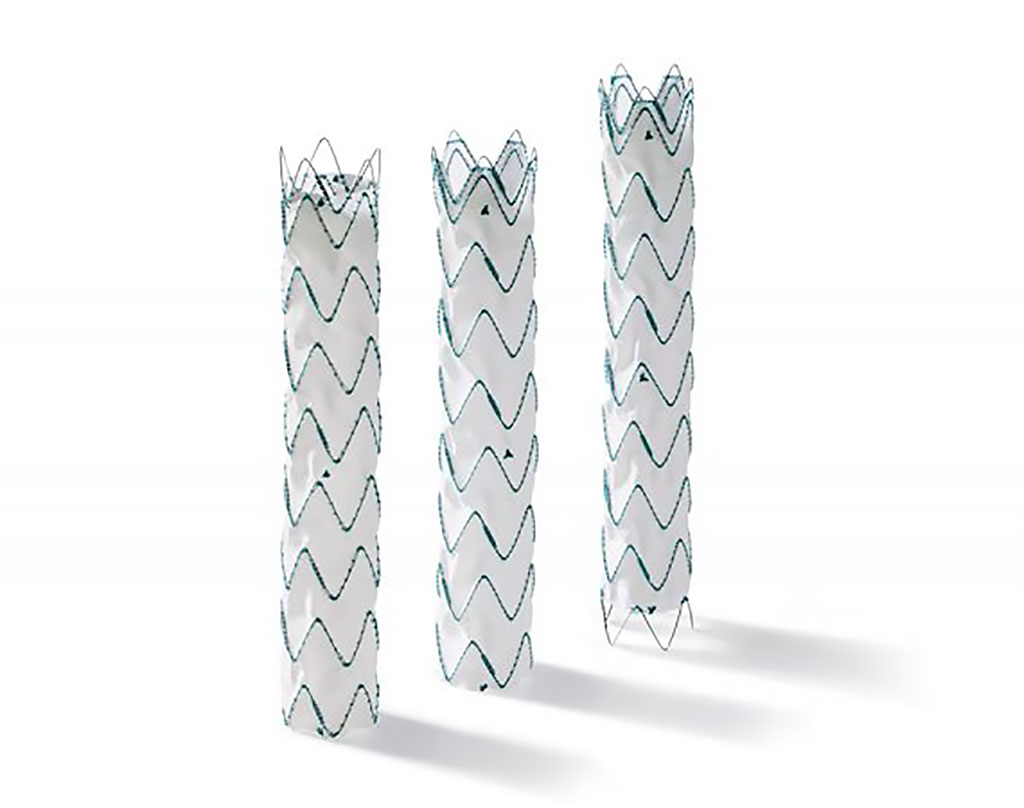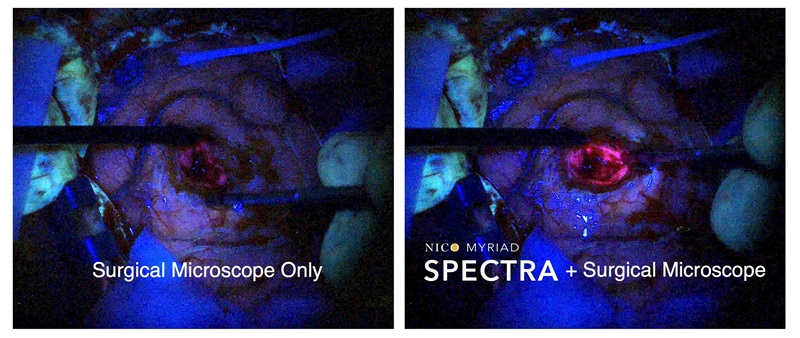Low Profile Stent Graft Aids Patients with Aortic Disease
By HospiMedica International staff writers
Posted on 11 Dec 2019
A new thoracic stent graft system enables minimally invasive repair of lesions of the descending thoracic aorta, including thoracic aortic aneurysm (TAA) and dissections.Posted on 11 Dec 2019
The CryoLife (Kennesaw, GA, USA) E-nya thoracic stent graft system is designed to increase treatment options for patients with thoracic aortic disease. The endovascular stent graft system offers both bare spring and covered proximal configurations with tip capture technology, enhancing the control and predictability of the minimally invasive procedure during deployment for optimal outcomes. The lower profile textile graft material is designed to provide both flexibility in conformance and long-term durability.

Image: The CryoLife thoracic stent graft system (Photo courtesy of Cryolife)
The E-nya thoracic stent graft system is provided with a novel delivery system that addresses the issue of high-deployment forces, one of the major challenges of delivering low-profile transcatheter aortic valve replacement (TAVR) devices. The squeeze-to-release mechanism gives physicians much more control when treating both simple and challenging anatomies. E-nya is designed to complement the E-vita OPEN PLUS hybrid stent graft system, as well as a line of custom-made devices providing clinicians with the complete portfolio of products.
“The E-nya system was designed to give physicians more options and control while treating both simple and challenging anatomies, and will be one of the most versatile grafts on the market,” said Pat Mackin, chairman, president, and CEO of CryoLife. “We are pleased to have received CE Mark for the E-nya thoracic stent graft system, further enhancing our position as the leader in the growing EU aortic repair market.”
TAA results from continuous dilation of the descending thoracic aorta as a result of the degradation of structural proteins such as collagen and elastin, which eventually leads to medial degeneration and weakening of the aortic wall. Subsequent dilatation results from hemodynamic forces on the arterial wall, as well as intrinsic changes in the composition of the arterial wall itself, which cause the diameter of the aorta to expand further and increase wall tension, thus creating a vicious cycle and eventual life-threatening rupture and hemorrhage, if not treated.
Related Links:
CryoLife













.jpg)
